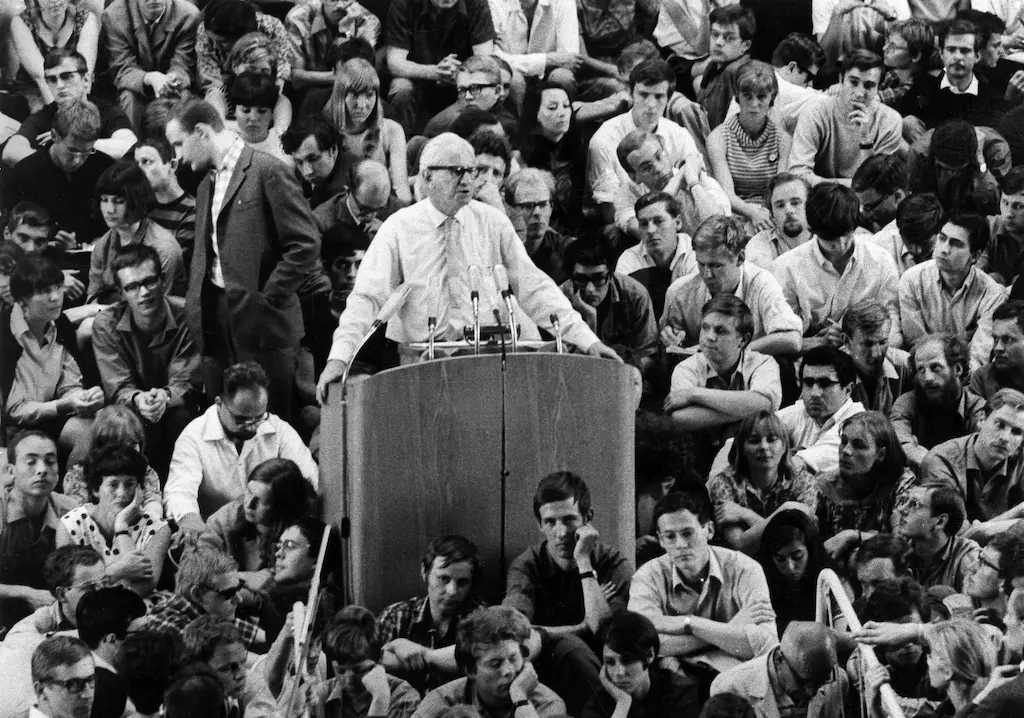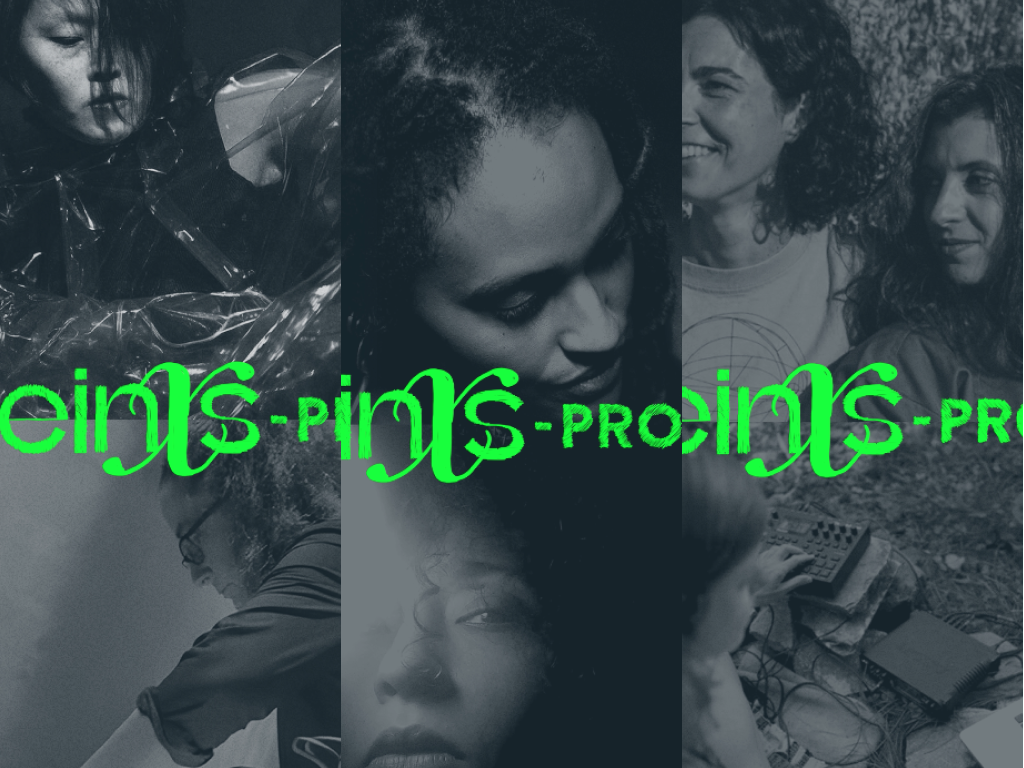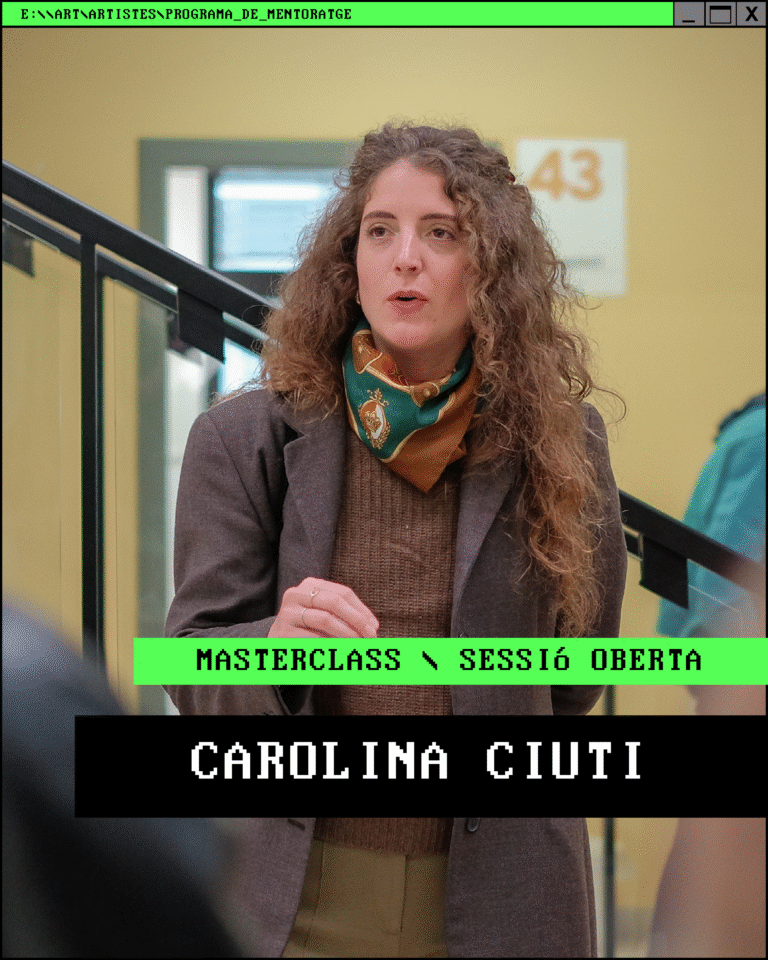Erotica, Aesthetics and Revolution: Why read Marcuse in the 21st century?
Lecture by Amador Fernández-Savater.
The “capitalist realism” that has taken hold in our societies could be summarised by a single, commonly used expression: “It is what it is.” But what does “what it is” mean? A market-life, a life that coincides with the market, a life that is confused with the market through its myriad everyday technologies.
Critical thinking per se is dominated by a kind of delight over powerlessness: endless descriptions of our submission to market-life, of how it absorbs even attempts at resistance and escape. Criticism has become victimising, content to repeat over and over again a complaint that changes nothing.
This is not the case when reading, or rereading today, Herbert Marcuse, who throughout his life was determined to locate the “escape routes” that help to unblock closed situations. These escape routes are both negative and affirmative. The suffering that says NO (to what is) and the longing that says YES (to what could be). Marcuse called this “The Great Refusal” and “concrete utopias”.
Marcuse found these potentials for change and transformation primarily in the realms of feelings, aesthetics and revolutionary politics. And today? Does the subversive potential of Eros, art, aesthetics, and political and collective action still exist, and what would it be? Are they holes and flaws in the totalitarian continuum of market-life?





